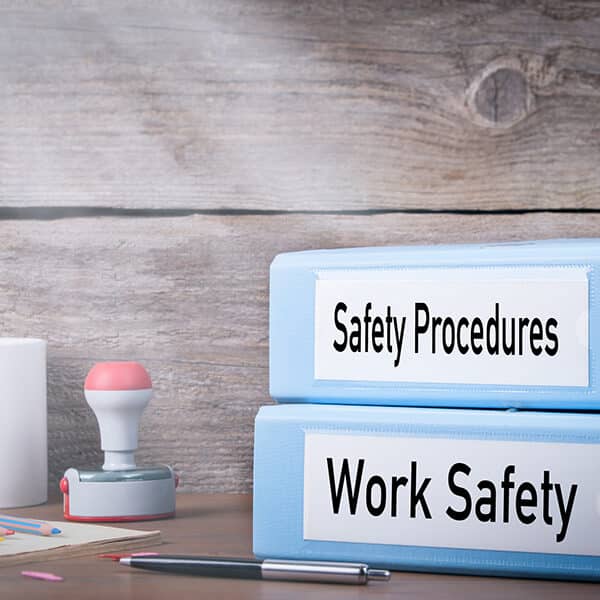The nature of assisting residents with mobility needs has seen a proliferation in various types of safety equipment over the years. This has been prompted by the need to reduce back injuries, slips and falls whilst assisting residents with day to day tasks.
To ensure resident wellbeing and staff safety, Health and Social Care providers use a number of different types of safety equipment like hoists, slings and passenger lifts. These enable the safe lifting and lowering of residents from beds, chairs, baths etc.
I’m I allowed to use manual handling to lift a resident!
Whilst manual handling is sometimes used for lifting items, this should be avoided if other means are available. When moving people, safety must be paramount even if that means waiting for equipment that is currently in use. Care homes and residential settings have eliminated the need for manual handling and most companies have a policy of not lifting people for several reasons however the main reason it to prevent back injuries to staff and the resident falling and injuring themselves.
How to I ensure this equipment is safe and compliant!
Any safety equipment must be to fit for purpose. Whilst most equipment is serviced annually, any equipment which involves lifting people i.e.: hoists, slings, passenger lifts must be serviced every six months to comply with the requirements of The Lifting Operations and Lifting Equipment Regulations 1998 known as LOLER under section 9 (3) (a). For all other lifting equipment which does not involve moving people, it is every 12 months.
Any equipment which breaks down or has a defect MUST NOT be used until repaired and a new LOLER assessment will be required to ensure that it complies. Any fixed equipment, i.e.: bath slings and hoists which are removed and re-located will also need a new LOLER assessment completed to reflect the new environment they operate in.
What does a LOLER assessment involve!
When completing a LOLER assessment the following needs to be given consideration:
- the extent of likely injury if the equipment failed;
- the capabilities or vulnerabilities of the people using the equipment;
- the design of the equipment, how and where the equipment is installed and how the equipment is used;
- the manufacturer’s instructions.
Can anyone do a LOLER assessment!
For a LOLER assessment (or LOLER risk assessment) to be completed it needs a competent person with knowledge, training, skills and experience. Care providers generally source this externally as this is not only a person who understands the care industry, they also need to understand the equipment mechanically and what it is capable off. If you ask your equipment provider, they can either advise or provide that service for an additional cost.
What training do staff need to use safety equipment!
As with any equipment which staff use to fulfil their required duties, it is important that they receive the correct training in their use. A number of equipment providers will give staff training on the use of their equipment. It’s key that only staff who have been trained in the equipment’s correct use should operate it. Like most equipment, best practice can change and thus periodic re-training will be needed to ensure that both residents and staff are safe at all times. It is important that staff use the equipment safely as this best helps to ensure the equipment is less prone to breakdown from incorrect use. It also ensures that our vulnerable residents remain safe and are well cared for.
Show me the legislation!
The Lifting Operations and Lifting Equipment Regulations 1998 known as LOLER is the key piece of legislation.
Under section 3 (2):
“The requirements imposed by these Regulations on an employer in respect of lifting equipment shall apply in relation to lifting equipment provided for use or used by an employee of his at work.”
Under section 9 (3) (a) it specifies how frequent inspections must be completed which was stated earlier.
Summary!
Managers need to be aware of a requirement to ensure that all lifting equipment is compliant with the requirements of LOLER and that staff require training to use such equipment safely.
References:
Equipment Safety – HSE website
How the Lifting Operations and Lifting Equipment Regulations apply to health and social care (HSIS 4) – HSE website
The Lifting Operations and Lifting Equipment Regulations 1998







